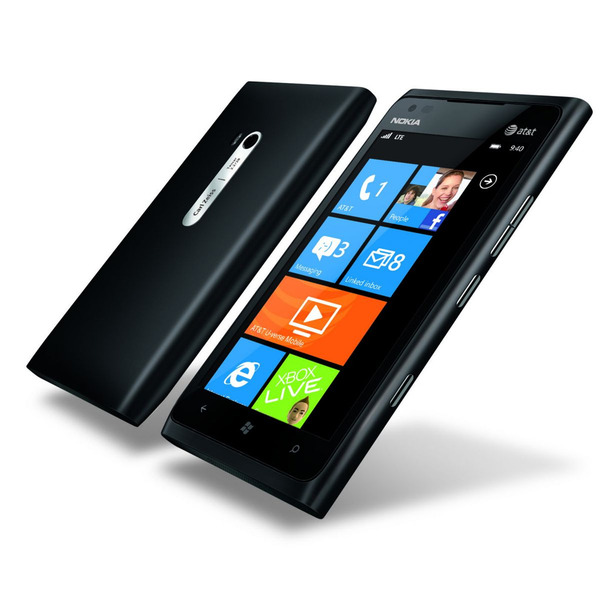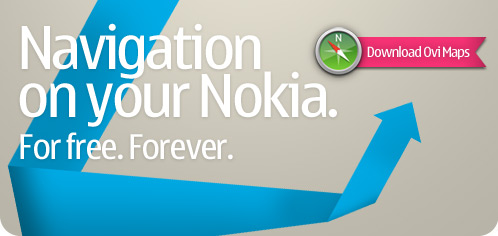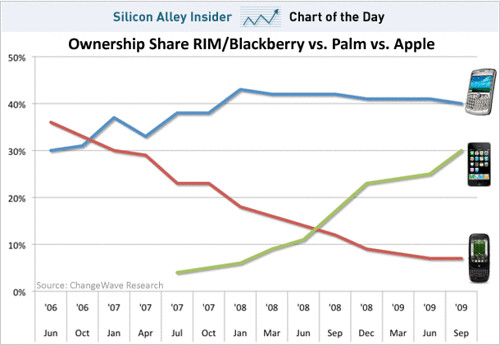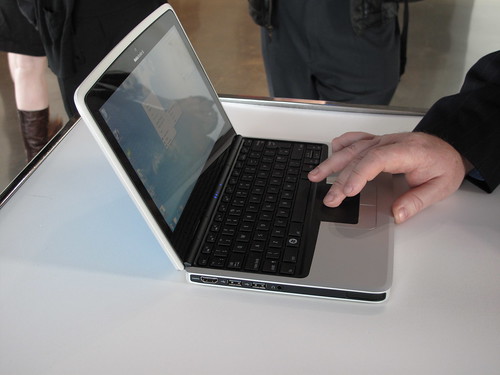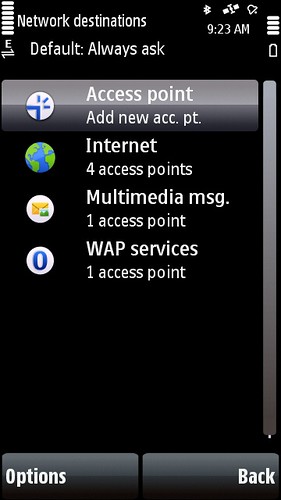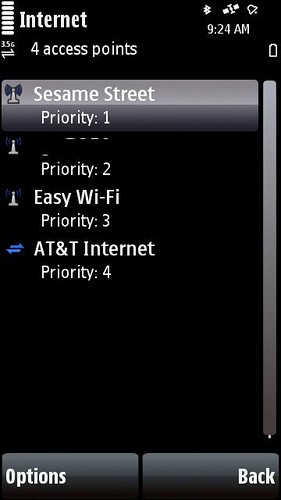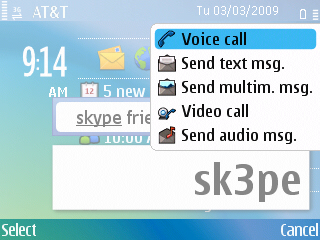After a lively debate on twitter tonight I’ve decided to reorganize my thoughts into post. My discussion with @chansearrington has really gotten me thinking about what Nokia’s perspective is on data usage and frankly why I think it’s wrong for today’s consumer marketplace. Let me caveat this by first stating that I am considering only the higher end products … $500 and above which for Nokia is actually quite a few devices.
Let’s first consider a few things. The iphone changed it all. By forcing an unlimited data package into the purchase the iPhone lowered the bar to trial of basic data services and led the way to the applications marketplace which is clearly a runaway success. The G1 followed and also included an unlimited data plan and now the PalmPre has arrived and comes with an unlimited data plan.
Of course all three of these leading smartphones is offered through operator subsidy and that certainly makes things a bit easier as the data pipe is ready when you turn your phone on. While Nokia sells gobs of phones through carriers none including the pending N97 flagship have mandatory unlimited plans. I realize that outside he US, unlimited is a relatively new concept but again reflecting on the change the iPhone has brought the smartphone consumer has changed as well. People now expect a data “tax†or an associated bill along with their usage of the phone. There’s no way around that frankly as it’s the only way to get value from a workhorse like a smartphone. If you don’t need or want that you’ve probably purchased the phone because you think it looks nice … now move along!
Chase argued that :
@atmasphere I’m sorry, bud. but you’re wrong. the more high end a user the aware they are of wifi and less likely to purchase a data plan
and did actually follow that up with:
@atmasphere on the flip side, higher income users with high income devices do tend to have data connections (think origin. black berry user)
Awareness of wifi and it’s value to your data experience does not mean you don’t want to have easy and open access to cellular data. In my case (and yes I am on the extreme side) I use cellular data as much as possible unless I know my indoor coverage is going to limit my access to 3G. I might use both more frequently if Nokia offered a smarter connection switching technique, but that’s yet another topic!
The key piece to the puzzle for me is how Nokia actually configures the software for you. Presumably because the old way you would buy data was in an incremental manner, the device tends to ask each time you want to connect. You not only have to confirm your intent to go online, but you have to choose your connection type. Some people like this … I try not to think of the number if times I have agreed to go online.
My suggestion is that the higher end Nokia devices (and I’m using $500 as the benchmark for high end) be set to just connect automatically to the internet through whatever operator sim is in your device. Perhaps a single confirmation the very first time you go online and then never again would satisfy the legal department has caused this consumer frustration. I’m willing to bet that the consumer purchasing a device in this price range is well aware and has the desire to go online frequently to consumer content.
The N97 is loaded to the gills will ways to go online. Apps, widgets, email, the store etc … imagine confirming your desire across each of them. Why? Just go online. If I recall how my iphone works correctly (it’s been ages since I used it), I set a wifi point and then when in range (based on the scanning interval) it switches over. there’s no prompt – in fact I have to go find wifi. Cellular is the default.
In my view, everyone wins in this equation. The consumer gets what they want – access to “stuff.†The manufacturer gets happier more educated consumers using more of their devices … and I would be willing to bet more likely to purchase a next one. The operator gets usage and a nice bill to share. With the right plan structure it’s fair. We just want to be able to access online content in a reasonable way for a reasonable price.

 Lumia 820
Lumia 820 iPhone 4S
iPhone 4S